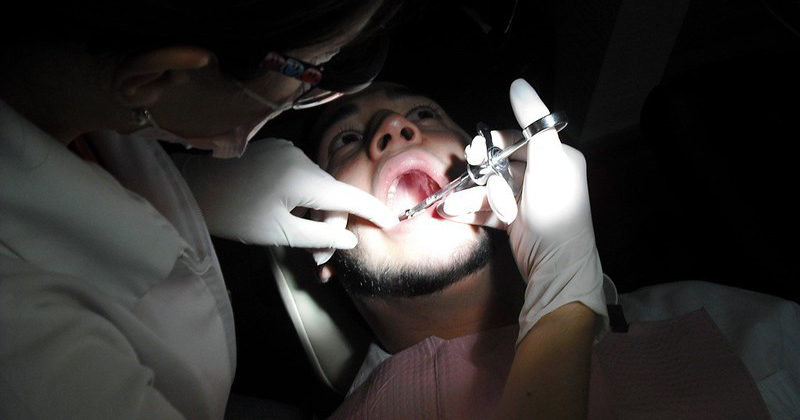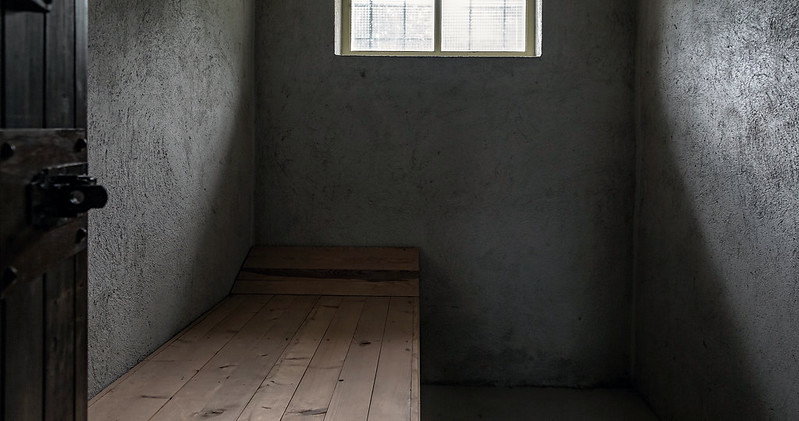Intervention proposal

“All the information contained in this section is for guidance only. Psious environments are therapy supporting tools that must be used by the healthcare professional within an evaluation and intervention process designed according to the characteristics and needs of the user.
Also remember that you have the General Clinical Guide in which you have more information on how to adapt psychological intervention techniques (exposure, systematic desensitization, cognitive restructuring, chip economy…) to Psious environments.”
THE PAIN DURING DIAGNOSTIC TESTS
In order to achieve a better result, it would be advisable to perform different relaxation techniques both before and after the painful diagnostic test. It is also recommended to evaluate the levels of pain and anxiety at the previous and final moments of the process, in order to analyze the changes in these levels (Cabas Hoyos, Cárdenas López, Gutiérrez Maldonado, Ruiz Esquivel, Torres Villalobos, 2015).
BEFORE THE DIAGNOSTIC TEST
Assessment of the level of pain and anxiety (basal). Tools such as visual analogue scales (VAS) for pain and anxiety questionnaires (eg BAI).
Application of relaxation techniques:
- Abdominal breathing through Psious virtual environments for this task (eg, diaphragmatic breathing in a meadow, diaphragmatic breathing under the sea).
- Abdominal breathing through 360o environments of relaxation (for ex.: cove), with abdominal breathing audio.
DURING DE DIAGNOSTIC TEST
Distraction Task using the Psious virtual environment.
AFTER THE DIAGNOSTIC TEST IS DONE
Assessment of the level of pain and anxiety using the same instruments as in the beginning.
Imagery task through the Beach scene and/or 360o environments of Psious to consolidate the results achieved.





